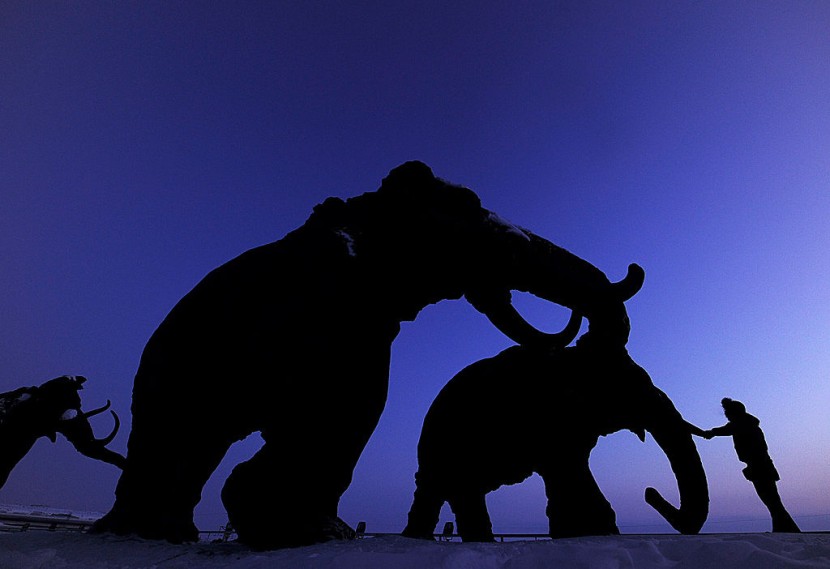
Scientists came upon compelling proof that Woolly Mammoths may have existed earlier due to genetic evidence contradicting prior findings.
These hairy mammals dominated the landscape as the most prominent animals during that epoch.
Evidence was found in 2010 when scientists took permafrost cores from the Alberta University in a gold mine located in the Yukon Central of the Klondike.
Ancient DNA of woolly mammoth
Paleogeneticists of the McMaster Ancient DNA Centre used new genomics techniques to know how global fauna megafauna had reached its peak about 12,7000 years ago in Ancient North America. They examine the preserved DNA of the ancient animal.
Over millennia when these sediments were set, it would be the repository of what biological residue and DNA of animals and plants preserved in the permafrost.
Microfossils from an ancient ecosystem that included bacteria, fungi, plants, and animals remain like a snapshot of the earth in that epoch as far as 13,000 years ago. SciTech Daily reported the mammoth steppe would be an amazing place to begin.
One of the questions is how these environments got organized and why large animals like mammoths seem to be the most affected since the 18th century. Looking at environmental DNA would answer knowing how large animals perished.
Genetic evidence of the woolly mammoth's existence
Examination of the components of biological matter and incomplete DNA consists of 99.99 percent of the sample. Choosing the archaic plant and animal genetic data left to know the mechanics of how the mammoth-steppe ecosystem crashed.
The technique used would determine and organize whatever is left of the genetic proteins. All the DNA segments were traced to the genetic evidence and changes of what animals and plants were alive, including the woolly mammoth about 30,000 years ago in the middle Yukon.
According to Cambridge University Press, What was found based on evidence is that mammoths were still thriving later than thought, about 3,000 years earlier.
A wider net was cast to expand the findings to 21 earlier permafrost cores at four areas in the Klondike regions in question, about 4,000 to 30,000 years ago.
Technologies available now can determine organisms to microfossils that organisms stemmed from that reassembles these fragments into genomes to investigate how they evolved, based on the sediment.
Examination of the data shows that both the horse and these ancient pachyderms were alive in the Klondikes about 9,000, or to 5,700 years back. They were assumed to have disappeared by 7,000 years before.
But the ancient sediment with the genetic and environmental data might be wrong, and the study will not assume the results are correct.
It is deemed that mammoth species could not persist into the middle of the Holocene. Based on the evidence, findings show that these giant hair pachyderms were alive 5,500 to 4,000 years back on the Arctic islands.
Scientists in the Centre for GeoGenetics in Copenhagen came across more data that Alaska is where horses and the ancient pachyderms lived about 7,900 years ago. In Siberia, an amazing 3,900 years.
Overall, the lineages of the woolly mammoths and the steppe bison were in the same sediments, and they were living in the same place at the same time. But speculation exists the megafauna were alive in the Bronze age when pyramids were built.
Such compelling findings show these large mammals existing later than thought opens up the idea if more genetic evidence is dug up, there could be examples of the more ancient creatures walking alongside mankind.
Related Article : Bioscience Firm Considers Reviving Extinct Woolly Mammoth from DNA Remnants From 4000 Years Ago








